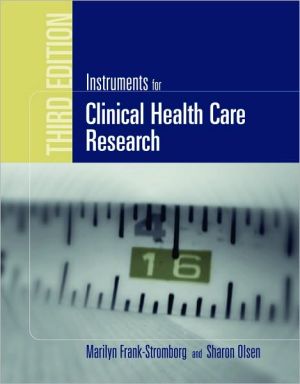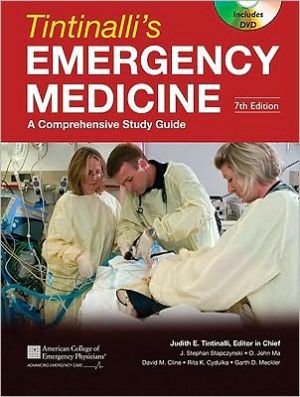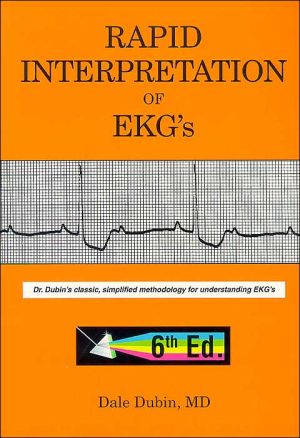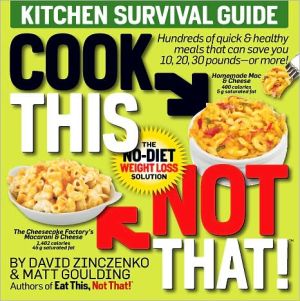Instruments for Clinical Health-Care Research
2004 AJN BOOK OF THE YEAR AWARD WINNER!\ This text facilitates researching clinical concepts and will enhance the focus on linking clinical variable assessments with routine measurement of everyday clinical interventions. With this book, students will be able to: review available instruments that measure select clinical phenomena; review selected studies employing each tool; identify an instrument’s strengths and weaknesses; and develop instruments for cross-cultural research.\ \ \...
Search in google:
This handbook reviews key issues that influence the design, development, and use of clinical research instruments, and surveys available instruments for assessing health and function, health promotion activities, and clinical problems. The 40 contributions describe the psychometric properties of each tool, summarize example studies employing the tool, identify instrument strengths and weaknesses, and discuss the relevance of each instrument for healthcare research. The third edition adds a chapter on cultural considerations. Annotation ©2004 Book News, Inc., Portland, OR Susan Wilkinson This is a significantly expanded second edition of a book, originally published in 1992, that presents a compilation of instruments developed for the measurement of concepts relevant to clinical research in health care. The editors provide a valuable resource that identifies instruments developed for measuring clinical outcomes that are critical to the documentation of effects of clinical interventions. The purpose is to provide a review of available tools to measure select clinical phenomena and describe psychometric properties, tool strengths and weaknesses, the relevance of each tool for nursing, and review studies that use the instruments. According to the author, the targeted audience includes healthcare professionals in educational, clinical, and research settings interested in conducting clinical research. This collection would also serve as an excellent reference for graduate students. The overall design of the book is practical and user-friendly, offering healthcare professionals a quick reference to clinical instruments. Comprehensive reference lists that accompany each chapter are a valuable resource. Tables used throughout to highlight important aspects of instruments are concise, well organized, and easy to read, allowing quick review of psychometric properties. A comprehensive index allows the user to research instruments both by name and concept. This resource provides learners and practitioners with easily accessible descriptions of clinical instruments and their psychometric properties. The 39 chapters authored by prominent researchers are subdivided into four parts. The first part describes special issues related to the use of instruments in clinical research.Successive parts have been expanded to include measurement of concepts essential to the assessment of health and function, assessment of health promotion activities, and four new chapters addressing assessment of clinical problems. It would be a useful addition to clinical sites as well as nursing libraries to use as a reference for students and healthcare professionals.
PrefaceAbout the AuthorsContributorsIOverview11Evaluating Instruments for Use in Clinical Nursing Research32Tool Adaptation to Reduce Health Disparities203Measurement Issues with Children and Adolescents334Measurement Issues with the Elderly475Measurement Issues Concerning Linguistic Translations566Physiologic Measurement Issues657Cultural Considerations in Research Instrumentation Development73IIInstruments for Assessing Health and Function818Measuring Function839Measuring Cognitive Status10010Single Instruments for Measuring Quality of Life12811Multiple Instruments for Measuring Quality of Life15012Social Support: Conceptualization and Measurement Instruments16413Measuring Coping20014Measuring Hope21515Instruments to Measure Aspects of Spirituality22916Measuring Body Image24317Measuring Sexuality: Physiologic, Psychologic, and Relationship Dimensions25718Measuring Dietary Intake and Nutritional Outcomes27819Measuring Sleep29320Attitudes Toward Chronic Illness31521Selecting a Tool for Measuring Cancer Attitudes33522Measuring Family Outcomes35223Measuring Anxiety36224Measuring Depression37625Measuring Healthy Lifestyle401IIIInstruments for Assessing Health-Promotion Activities41726Measuring Self-Care Activities41927Measuring Breast and Colorectal Cancer Screening Beliefs and Behaviors42828Measuring Information-Seeking Behaviors and Decision-Making Preferences45529Measuring Alterations in Taste and Smell472IVInstruments for Assessing Clinical Problems48530Measuring Bowel Elimination48731Measuring Cardiac Parameters49832Measuring Physiologic Parameters in Obstetric Nursing51233Measuring Dyspnea52334Measuring Fatigue53835Measuring Mobility and Potential for Falls57036Measuring Nausea, Vomiting, and Retching58337Assessing the Oral Cavity59438Measuring Pain60339Measuring Skin Integrity64540Assessing Vaginitis663Index683
\ Susan WilkinsonThis is a significantly expanded second edition of a book, originally published in 1992, that presents a compilation of instruments developed for the measurement of concepts relevant to clinical research in health care. The editors provide a valuable resource that identifies instruments developed for measuring clinical outcomes that are critical to the documentation of effects of clinical interventions. The purpose is to provide a review of available tools to measure select clinical phenomena and describe psychometric properties, tool strengths and weaknesses, the relevance of each tool for nursing, and review studies that use the instruments. According to the author, the targeted audience includes healthcare professionals in educational, clinical, and research settings interested in conducting clinical research. This collection would also serve as an excellent reference for graduate students. The overall design of the book is practical and user-friendly, offering healthcare professionals a quick reference to clinical instruments. Comprehensive reference lists that accompany each chapter are a valuable resource. Tables used throughout to highlight important aspects of instruments are concise, well organized, and easy to read, allowing quick review of psychometric properties. A comprehensive index allows the user to research instruments both by name and concept. This resource provides learners and practitioners with easily accessible descriptions of clinical instruments and their psychometric properties. The 39 chapters authored by prominent researchers are subdivided into four parts. The first part describes special issues related to the use of instruments in clinical research.Successive parts have been expanded to include measurement of concepts essential to the assessment of health and function, assessment of health promotion activities, and four new chapters addressing assessment of clinical problems. It would be a useful addition to clinical sites as well as nursing libraries to use as a reference for students and healthcare professionals.\ \ \ \ \ From The CriticsReviewer: Susan Wilkinson, RN, MSN, CNS(University of Texas at Austin School of Nursing) \ Description: This is a significantly expanded second edition of a book, originally published in 1992, that presents a compilation of instruments developed for the measurement of concepts relevant to clinical research in health care. The editors provide a valuable resource that identifies instruments developed for measuring clinical outcomes that are critical to the documentation of effects of clinical interventions.\ Purpose: The purpose is to provide a review of available tools to measure select clinical phenomena and describe psychometric properties, tool strengths and weaknesses, the relevance of each tool for nursing, and review studies that use the instruments.\ Audience: According to the author, the targeted audience includes healthcare professionals in educational, clinical, and research settings interested in conducting clinical research. This collection would also serve as an excellent reference for graduate students.\ Features: The overall design of the book is practical and user-friendly, offering healthcare professionals a quick reference to clinical instruments. Comprehensive reference lists that accompany each chapter are a valuable resource. Tables used throughout to highlight important aspects of instruments are concise, well organized, and easy to read, allowing quick review of psychometric properties. A comprehensive index allows the user to research instruments both by name and concept.\ Assessment: This resource provides learners and practitioners with easily accessible descriptions of clinical instruments and their psychometric properties. The 39 chapters authored by prominent researchers are subdivided into four parts. The first part describes special issues related to the use of instruments in clinical research. Successive parts have been expanded to include measurement of concepts essential to the assessment of health and function, assessment of health promotion activities, and four new chapters addressing assessment of clinical problems. It would be a useful addition to clinical sites as well as nursing libraries to use as a reference for students and healthcare professionals.\ \ \ 5 Stars! from Doody\ \








